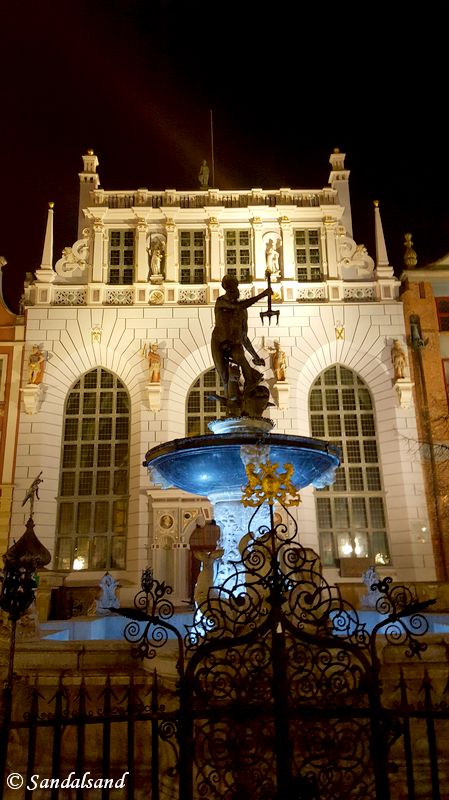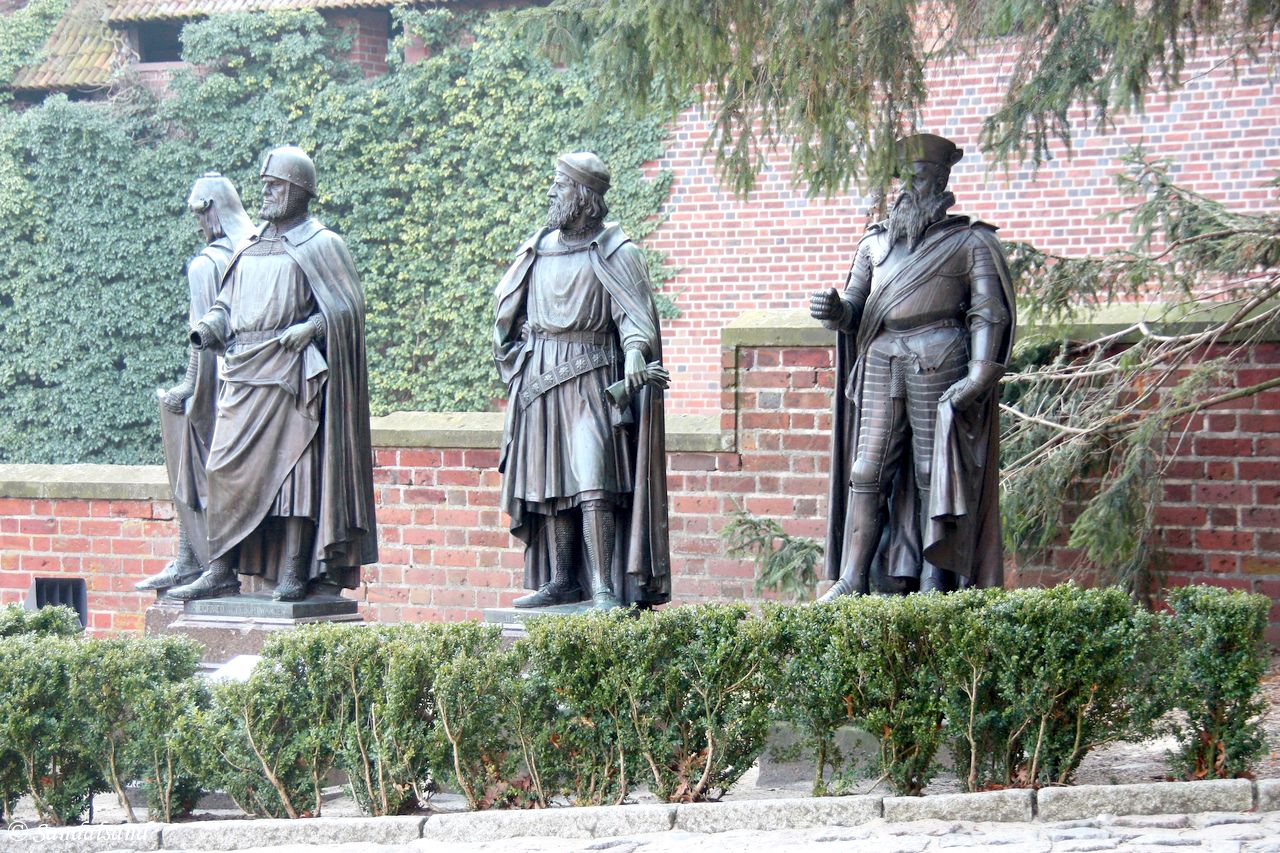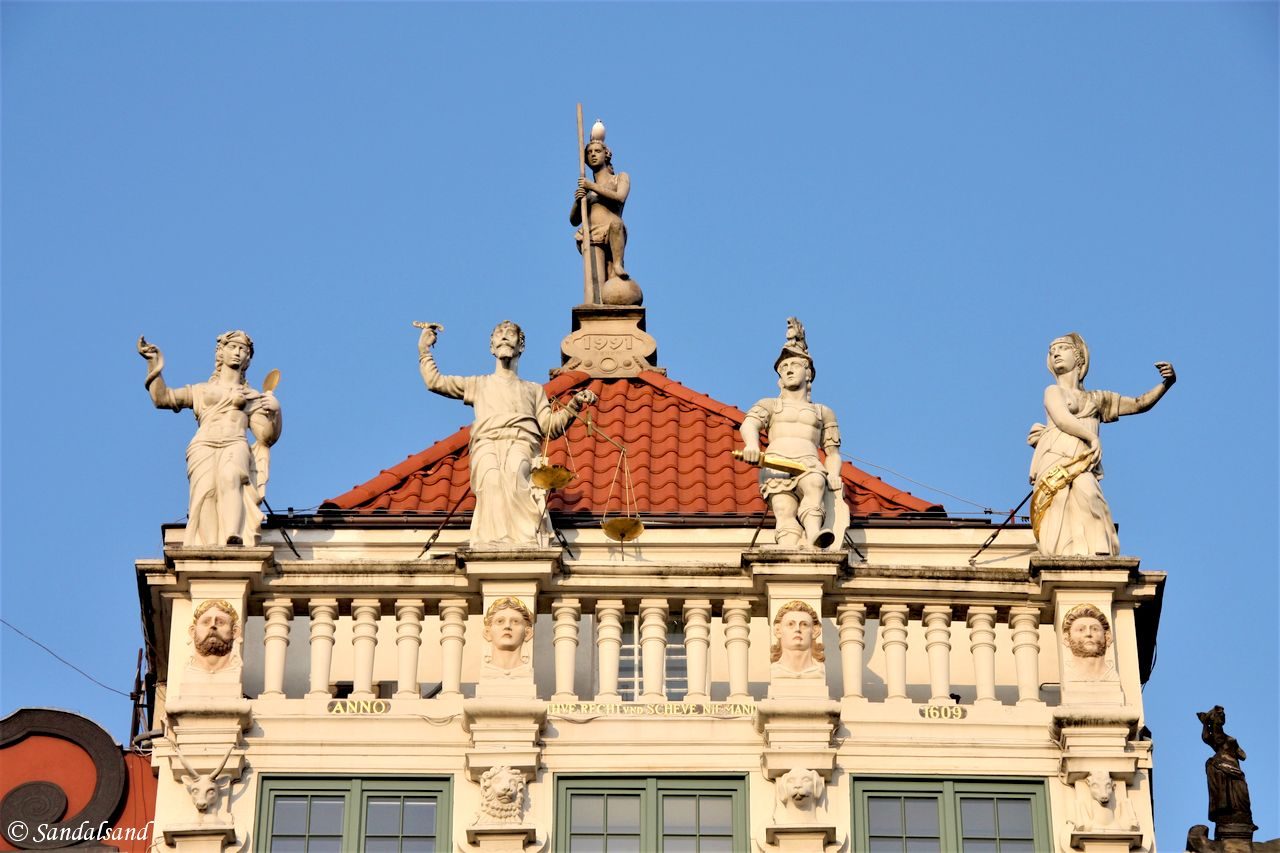The history of Gdansk is that of being squeezed between the great powers and peoples of Europe. Its fate has been on the table of high level negotiations on several occasions. It was a cosmopolitan city for centuries – receiving settlers and visitors from near and far. Today it is one of the finest tourist destinations in Europe.
This is the first of several articles from my visit to Gdansk. It will offer a brief historical outline, a summary of what else there is to discover in the region, and finally introduce my map with attractions and suggestions for a couple of city walks. Find explanations of the content of the map, and descriptions of the sights and my impressions, in the next articles of this series.
A short history of Gdansk
A strategic location
On two occasions, it was a state in its own right. On two occasions in the history of Gdansk, it was in the midst of world events. Gdansk was the scene of the first shots of WW2. Secondly, forty years later the Iron Curtain began to crack because of the strikes organised by the Solidarity movement on the Gdansk shipyard. It prospered because of its strategic location on the Baltic Sea and mouth of the Motlawa River and the nearby Vistula River. The latter drains 60% of Poland and connects Gdansk with the Polish capital, Warsaw.
The Middle Ages
In the 10th century it was a small fishing village. In the year 997 the inhabitants were Christened and this is recognised as the year that Gdansk was founded. More than two hundred years later the Teutonic Knights moved in to gain control of the region. They established their headquarters at Marienburg (now Malbork) 60 km upstream. This German influence is accentuated by the arrival of the Hanseatic League in 1361. They were at the time expanding their influence throughout the Baltic region and Scandinavia.

The Hanseatic League
The status as a Hansa city led to a further growth as a trading city. In the 16th century Gdansk enters a golden era, flourishing with a rich seaport and as an important centre of trade and culture. The population includes Germans, Poles, Dutch, Russians and Jews, and even a number of Scotsmen.
By the 18th century Russia was becoming a large player in the countries bordering the Baltic Sea. In 1734 the Russian army lays a siege on Gdansk. In 1772 Austria, Prussia and Russia impose the first partition of Poland and the whole area becomes part of Prussia. Gdansk (or Danzig as it was called at the time), loses its trade routes and falls into decline. Napoleon however, on his advances into Prussia, established Gdansk as a free city. On his defeat Gdansk is handed back to Prussia.
Between the World Wars
After the First World War, there is another partition of Europe that involves Gdansk. Poland is reestablished as a sovereign nation, but the majority of Gdansk’s population is considered to be of German origin. The League of Nations decides that Gdansk should be the Free City of Danzig. As such it existed until the outbreak of the Second World War. In the Treaty of Versailles Poland is given the neighbouring town of Gdynia and sets about building its own harbour there, in what is called the Polish corridor.
After 1939
On September 1st, 1939, Germany stages an attack on the Poland’s military posts on Westerplatte, right outside the Free City, and subsequently invaded Poland. Gdansk (Danzig) is liberated by Russian forces in 1945, but only after a massive destruction of the city. After the war, all Germans (and during the war all Jews) were driven out of Gdansk.
In post-war Poland, Gdansk was formally given its Polish name. Like many other cities, including Warsaw, there was a huge effort to reconstruct the buildings that had previously been defining the cities. From 1970 and all through the 1980’s Gdansk was at the centre of civil disobedience and outright negation of Communist rule. The electrician on the Gdansk shipyard, Lech Walesa became world famous. He received the Nobel Peace Prize in 1983 and became Poland’s first freely elected president in 1989.
Exploring Gdansk and the region

Gdansk is the largest, oldest and most famous of the Tri-city (Trojmiasto) conurbation that spreads over a distance of 40 km along the Baltic coast. Gdansk, Sopot and Gdynia have grown together as one, and many visitors would want to seek out attractions in all of them. It all depends on the time you have available, and time of year.
Sopot developed as a spa resort, a playground for the rich and famous. This is where you want to come during the summer, even stay here and make excursions into Gdansk and Gdynia. The latter is less than a hundred years old, developed as a Polish harbour representing Polish independence and giving the country access to the sea.
My map
That was a brief history of Gdansk. Now on to the specifics. My map concentrates on the centre of Gdansk, because this is where I spent my couple of days. In fact I also went to Malbork, a splendid castle/fortress south of Gdansk on a day trip. In any case, most sights are in the city centre, and my two walking trips should leave you enough time to get a taste of what Gdansk has to offer. You will need to zoom in to find it.
The chapters in this series
(1) Gdansk – past and present (THIS)
(3) A walk in Gdansk, part 2, plus Westerplatte
(4) Malbork Castle on a day trip from Gdansk
Read about the Malbork castle in these two posts:
World Heritage #0847 – Castle of the Teutonic Order in Malbork
VIDEO – Poland – The Malbork Castle
There are more articles on the Sandalsand website from Poland. Check them out too.


